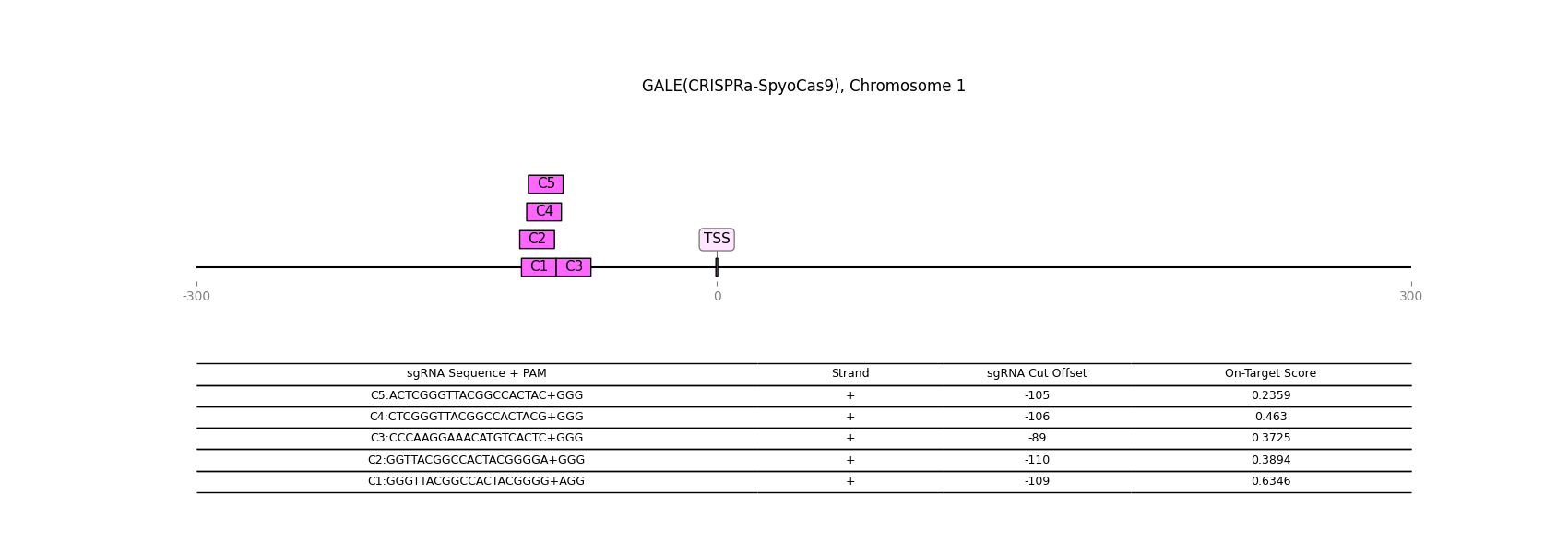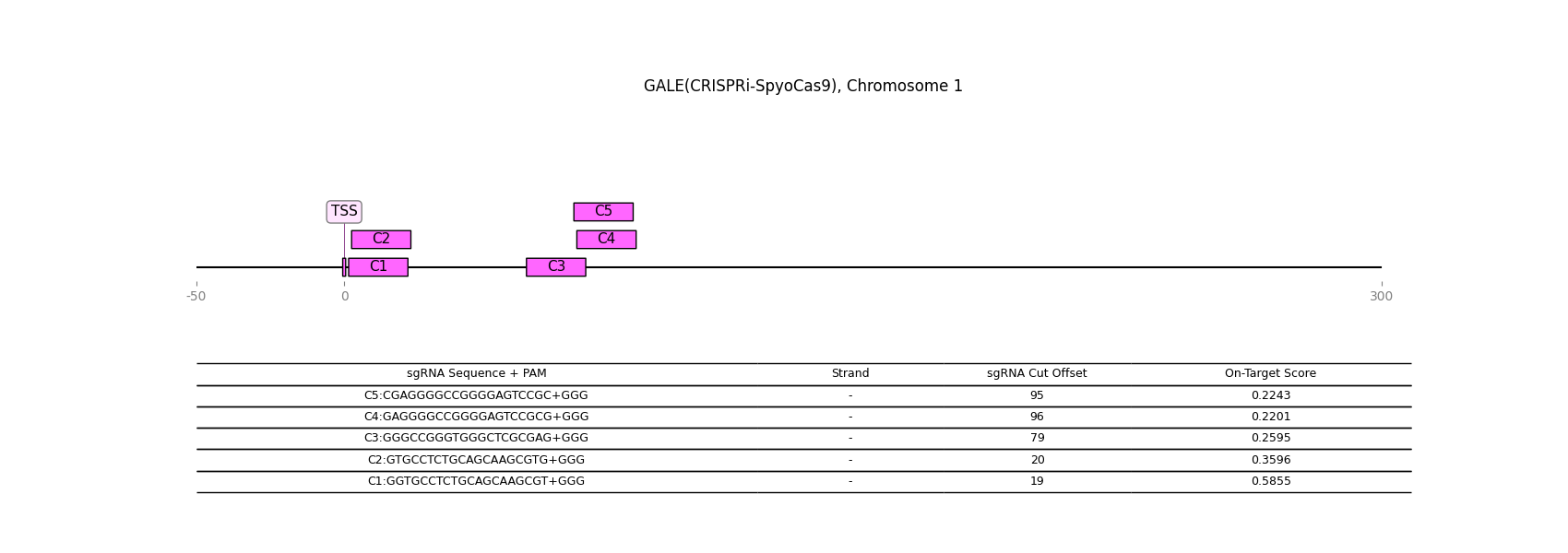Gene Details: GALE
1 / 1
General Information
Gene Name: GALE (UDP-glucose 4-epimerase)
Synonym:
Short Names:
Alternative Names: Galactowaldenase;UDP-N-acetylgalactosamine 4-epimerase;UDP-N-acetylglucosamine 4-epimerase;UDP-galactose 4-epimerase;
Notes:
- Epimerizes glucose to galactose on the UDP-glucose sugar nucleotide.
- GALE impairment leads to the human disorder known as galactosemia III which is associated with impaired growth and cognitive deficiencies.
Description from Dr.Glyco-GPT:
Warning: LLMs can generate factually incorrect information, as they simply predict the next word based on training data. Always verify LLM output by cross-checking with reliable sources!
Catalytic Activity

Reaction and Disease Links
KEGG: 2582
Transcript levels (Cell lines and Single cell data) URL
CRISPR-knockout

CRISPR-activation

CRISPR-inactivation

Transcription factor-gene relationship (details at glycoTF page)
Top 10 TFs
| TF | Score |
|---|---|
| TCF25 | 0.472989 |
| SSU72 | 0.470296 |
| UBE2I | 0.454720 |
| NCOR1 | 0.452397 |
| YY1 | 0.451054 |
| SNRNP70 | 0.446565 |
| ZNF207 | 0.445704 |
| SUMO1 | 0.438074 |
| GTF2A2 | 0.433890 |
| NONO | 0.428944 |
Licensing: CC BY 4.0. You are fee to copy, redistribute, remix, transform and build upon all material, except for textbook figures from the Essentials.